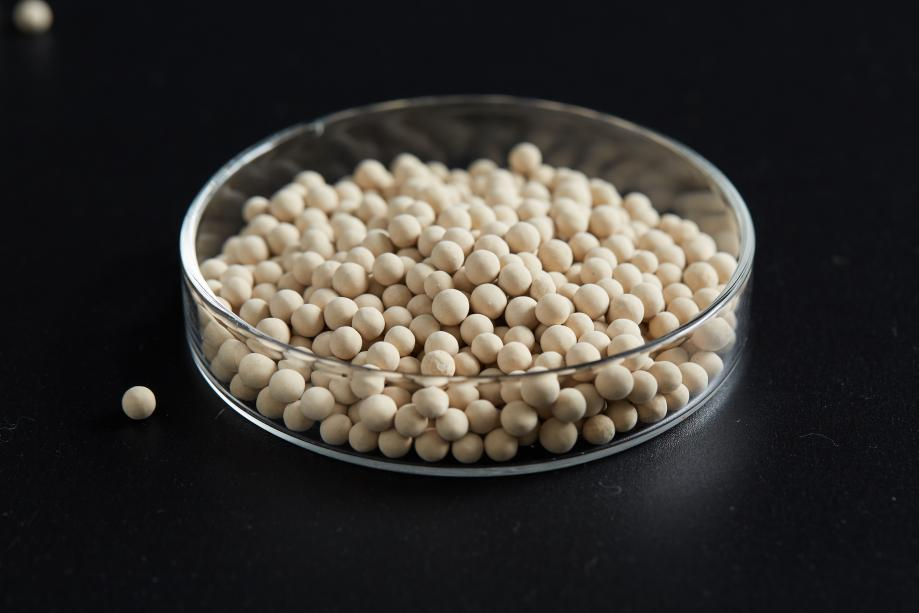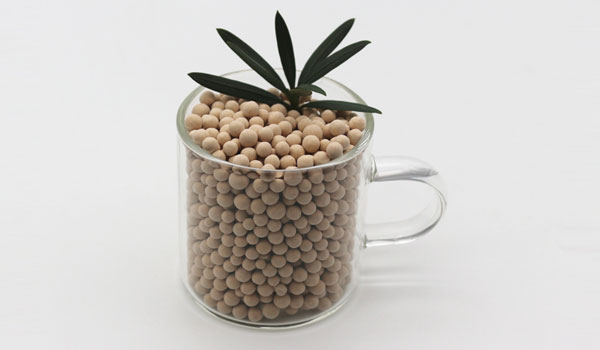Why Is Lithium Molecular Sieve A Preferred Choice For Oxygen Generation?
What is a lithium molecular sieve?

Lithium molecular sieve (oxygen molecular sieve) is a kind of lithium X type silicon aluminicate crystal, with a relatively stable silicon aluminum skeleton structure. The molecule sieve has the characteristics of large nitrogen adsorption capacity, high nitrogen, and oxygen separation coefficient, and fast dynamic adsorption and desorption speed. Lithium molecular sieve can be used in steel, non-ferrous metallurgy, chemical, environmental protection, paper, aquaculture, healthcare, and other industries, and high-efficiency oxygen molecular sieve for high-end small medical (home) oxygen machines.
Differences between a lithium molecular sieve and a standard 13X & 5A molecular sieve


The 5A molecular sieve refers to the calcium A type silicate aluminate, which can adsorb molecules with a critical diameter not greater than 5A. , also known as sodium X type molecular sieve, is a kind of alkali metal silicate aluminate, with certain alkalinity, belongs to the solid alkali class. It is mainly used for gas purification in air separation devices to remove water and carbon dioxide. Drying and desulfurization of natural gas, liquefied petroleum gas, and liquid hydrocarbons. General gas depth is dry.
On the market, there are two main types of oxygen concentrators screened with zeolite, sodium,and lithium molecules. Therefore, the difference between the lithium molecular sieve and the standard 13X & 5A molecular sieve is that the former is lithium, while the latter is sodium. Although sodium-based zeolite is easily used for various pharmaceutical applications, studies have shown that ion-exchange lithium-based molecular sieve has far superior oxygen recovery performance over sodium-based 13X and 5A molecular sieve. From a technical point of view, when the Na+ cation in a sodium-based molecular sieve is replaced with the Li+ cation, the zeolite has stronger interactions with the quadrupole moment of each nitrogen molecule passing through the reagent cartridge. This means an efficient, high purity (93% ± 3%) oxygen recovery at ambient temperature for portable concentrators using lithium-based molecular sieve cartridges.
The Lithium-based molecular sieve has higher selectivity in a nitrogen/oxygen environment than the sodium-based molecular sieve and almost three times the capacity of static nitrogen adsorption. Lithium-based molecular sieve has a higher product gas capacity than a sodium-based molecular sieve, which is the best choice for urgent patient care to quickly produce high-purity concentrated oxygen. Furthermore, through the use of , oxygen concentrators can be manufactured with a very small footprint, making them well-suited to often spatially confined home care environments.
Lithium-based zeolite vs sodium-based zeolite
Molecular sieve type oxygen generator molecular sieve is one of the core components of the oxygen generator, so open the oxygen machine molecular sieve tank, we will find that the internal medium is the size of rice stone, which we call “zeolite”.There are also many kinds of zeolite, oxygen machines generally with two kinds, one is called lithium-based zeolite and the other is called sodium-based zeolite. The two zeolites have different characteristics. In contrast, sodium-based zeolite has a better nitrogen adsorption capacity than and is more expensive. Base zeolite is stronger, especially for moisture resistance. Many oxygen generators initially used sodium-based zeolite, but until today most oxygen production machines used lithium-based zeolite. Because of the excellent performance, the molecular sieve tanks are smaller and the oxygen machine is more compact.
At the same time, some high-end oxygen-making machines use lithium sodium-based molecular sieve. This is even more powerful. Mix the lithium-based zeolite and sodium-based zeolite in a certain proportion and put it into the sieve tank. This can not only ensure the oxygen production capacity but also have strong adaptability.



